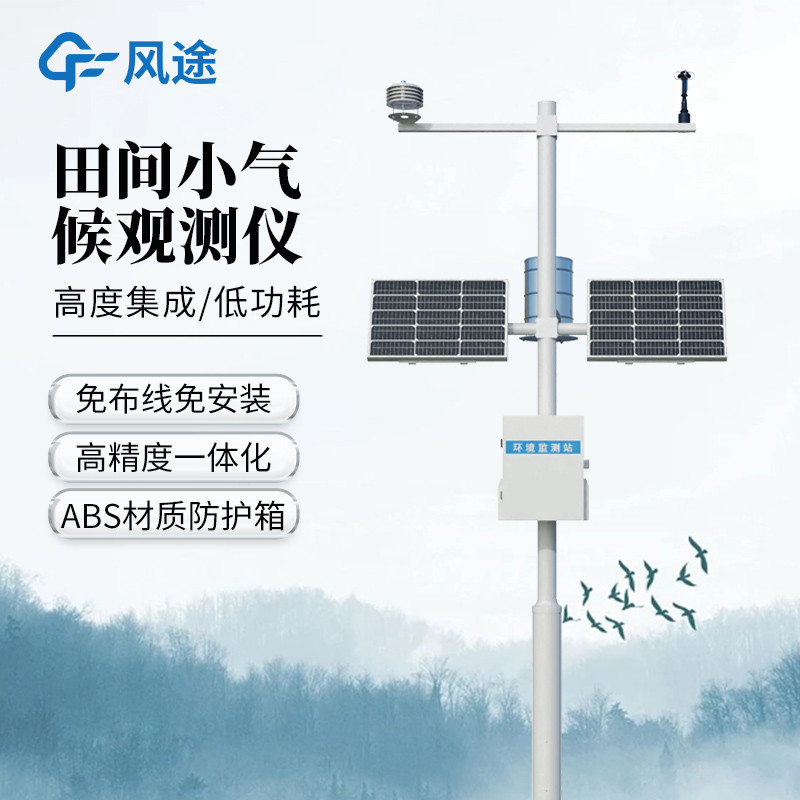Different crops have varying sensitivities and requirements for meteorological conditions at each growth stage. Take rice as an example: during the tillering stage, it has specific demands for temperature, humidity, and light duration. Agricultural Weather Stations support multi-parameter customization, allowing precise configuration of sensors for temperature, humidity, light intensity, wind speed & direction, rainfall, etc.
China has a vast territory, with enormous differences in climatic conditions and planting types—from tropical agriculture in the south to cold-temperate agriculture in the north, and from humid farming areas in the east to arid irrigated agricultural zones in the west. Multi-parameter customization enables Agricultural Weather Stations to adapt to local conditions.
In arid regions of northwest China, where agricultural production highly relies on soil moisture and evaporation, weather stations can be custom-equipped with soil moisture sensors and evaporation sensors.
In coastal areas prone to extreme weather like typhoons, the configuration of wind speed & direction sensors can be prioritized to enhance monitoring capabilities for gale conditions, meeting the diversified monitoring needs of different regions and crop types.
Agricultural production is influenced not by a single meteorological factor but by the interaction of multiple factors. Data collected by multiple parameters customized in Agricultural Weather Stations can undergo in-depth correlation analysis through the system. For example:
When high temperature (>35℃), low humidity (<40% RH), and strong wind (>8m/s) occur simultaneously, the system automatically issues a high-temperature drought warning. Combined with soil moisture data, it recommends precise irrigation plans.
In terms of pest control, when the wind direction matches the migration direction of aphids and temperature-humidity conditions meet their breeding requirements, the system promptly pushes prevention and control suggestions.
This integrated analysis of multiple parameters provides farmers with more scientific and forward-looking decision-making basis, facilitating the transformation of agricultural production from "experience-driven" to "data-driven". Ultimately, it achieves increased crop yield, improved quality, and promotes sustainable agricultural development.

Article address:https://www.sqqx.net/en/news/675.html

 +86 15898932201
+86 15898932201



